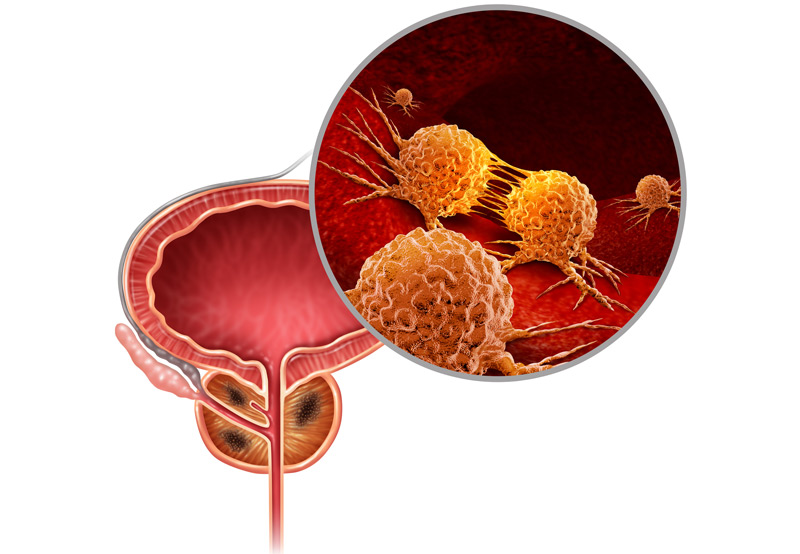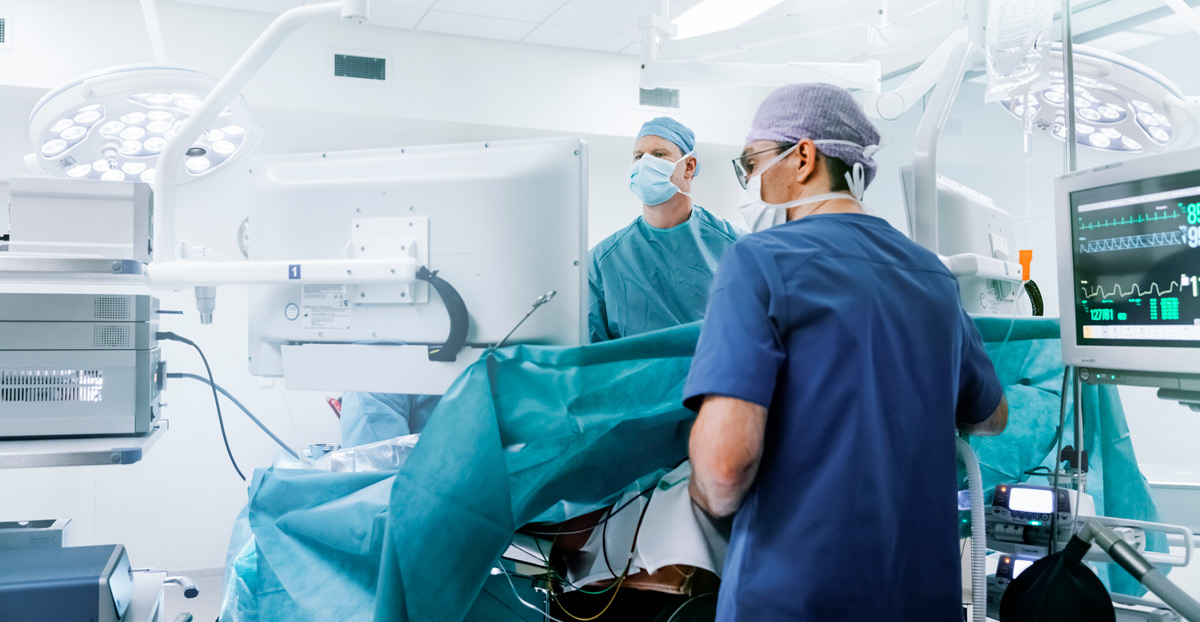

Every year, more than 248,000 new cases of prostate cancer are diagnosed in the United States.
Prostate cancer is the most common cancer in men but is more likely to affect men ages 65 and older. The condition is characterized by the growth of abnormal cells in the walnut-shaped prostate gland.
- The prostate gland produces the fluid that allows sperm to travel to male reproductive organs.
- Treatment is more likely to be a success if the cancer is detected early and limited to the prostate gland.
The Causes and Symptoms of Prostate Cancer
Scientists have not yet discovered the cause of DNA mutations that lead to cancerous prostate gland cells. Some cancerous cells stay within the prostate, while others spread, or metastasize, to other parts of the body, usually in the advanced stages of cancer.

Patients may not experience any symptoms in the early stage of prostate cancer. It’s not unusual for some patients to have prostate cancer for months or even years and be unaware. When symptoms do become noticeable, men may experience:
- Painful erections
- Weak urine flows
- Discomfort in the rectum
- Blood appearing in semen or urine
- Frequent urination, especially at night
- Stiffness or pain felt in the lower back, pelvis, or parts of legs
The risk factors for prostate cancer include:
- Age
- Family history of both prostate and breast cancer
- Obesity
Diagnosing Prostate Cancer
Regular screenings are crucial to identifying and diagnosing prostate cancer in patients with no obvious symptoms. The physician may conduct a digital rectal exam (DRE) or a prostate-specific antigen (PSA) test. During a DRE, the physician inserts a gloved finger into the rectum to evaluate the size of the prostate. Any abnormalities will require additional testing.
During a PSA test, a nurse takes a blood sample from a vein in the patient’s arm. The sample will then be tested for a prostate-specific antigen, which is produced by the prostate. Higher levels of PSA indicate the prostate may be infected, enlarged, or inflamed. Patients may need further evaluation through an ultrasound, prostate tissue biopsy, or an MRI fusion.
Non-Surgical and Surgical Treatment For Prostate Cancer
If tests reveal the patient has prostate cancer, additional testing may be done to determine how fast the cancer is growing and whether or not it has spread. Treatment for low-risk prostate cancer may be limited to active surveillance, or periodic observation and testing.
Radiation therapy may be done to kill cancer cells in and around the prostate via radioactive seeds placed in prostate gland tissues or externally with high-powered energy beams. Chemotherapy, hormone therapy, immunotherapy, or the freezing of tissue to kill cancer cells (cryosurgery) may also effectively treat prostate cancer. Patients who need surgery may undergo robot-assisted removal of the prostate, referred to as a radical prostatectomy. Surgery may also involve the removal of nearby tissues and lymph nodes.
To increase the likelihood of early detection, men over the age of 50 should undergo regular rectal exams and blood tests. Regular rectal exams and blood tests, especially for men over 50, increase the odds of early detection. In addition, maintaining a healthy weight and diet could help support prostate health.
